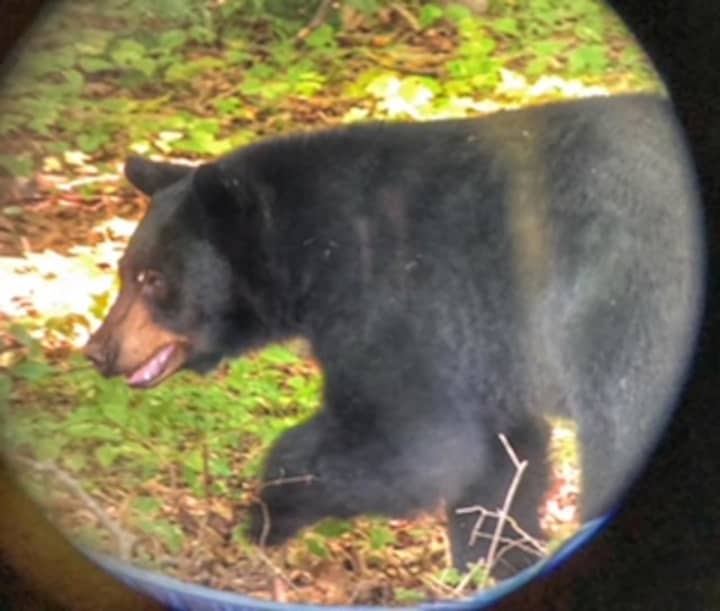From Jan. 9 through Dec. 12 last year, the Connecticut State Department of Energy and Environmental Protection reported that there were 8,936 sightings, up more than 1,200 from the 7,674 sightings in 2017.
According to the DEEP, “black bears are impressive animals. Even a long-distance glimpse of one foraging in woodland is an unforgettable experience for most outdoor enthusiasts. However, glimpsing a bear in Connecticut was once unlikely because bears were extirpated from the state by the mid-1800s.
“Since then, bears have made a comeback. Their return is due, in part, to the regrowth of forestland throughout the region following the abandonment of farms during the late 1800s. Beginning in the 1980s, the DEP Wildlife Division had evidence of a resident black bear population. Since then, annual sighting reports have increased dramatically, indicating a rapid increase in the bear population.”
A breakdown of bear sightings in each Connecticut town can be found here.
In the event of a bear sighting, officials offered a series of tips in case of a close encounter:
- Remain calm and avoid sudden movements;
- Give the bear plenty of room, allowing it to continue its activities undisturbed. If it changes its behavior, you are too close, back away;
- If you see a bear, but it doesn't see you, detour quickly and quietly;
- If it sees you, talk in normal tones and wave your arms;
- If a bear pursues you, do not run. Throw a personal item on the ground. He may be distracted by this and allow you to slowly escape;
- A standing bear is not always a sign of aggression. Many bears will stand to get a better view.
"As Connecticut’s bear population continues to increase, more bears, particularly young bears, will be seen near residential areas. The DEP's response will depend on the specifics of each bear situation. The mere presence of a bear does not necessitate its removal. In most cases, if left alone, the bear will make its way to a more natural habitat, officials said. "Removing food attractants, such as bird feeders, reduces the chance that bears will go near homes.
"The DEP seldom relocates bears. An exception may be made to remove a bear in an urban location when there is little likelihood that it can leave safely on its own and when the bear is in a position where it can be safely immobilized. DEP Tranquilizing Teams, consisting of Environmental Conservation Police officers and wildlife biologists, are trained and equipped to immobilize wildlife. Bears cannot be relocated to another state because no other state allows it. Bears that have persistent, serious, negative behavior, such as killing protected livestock or entering buildings, may have to be destroyed.
"As bears become more regular residents of Connecticut towns, it is important that people learn to adapt to the presence of bears and take measures to avoid damage and problems. If people do not take precautions, problem behavior by bears can increase, possibly leading to bears being removed or destroyed."
Click here to follow Daily Voice Brookfield and receive free news updates.


